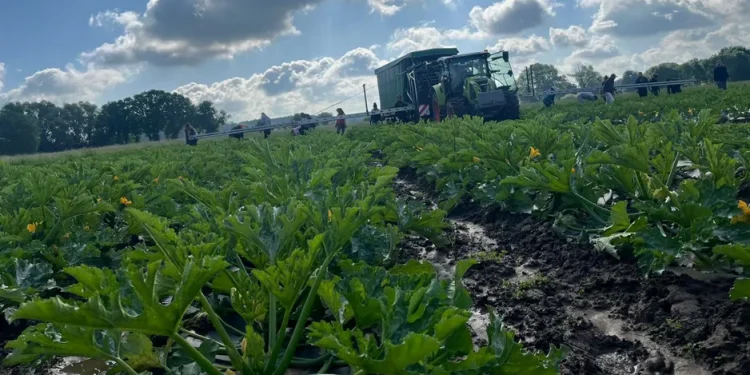Analyzing Recent Trends and Their Implications for Investors
The global grain market saw significant movement on July 2, 2024, with notable increases in wheat and rapeseed prices. These changes reflect a complex interplay of factors, including weather conditions, geopolitical developments, and market speculation.
Wheat Market Highlights
Chicago December 2024 wheat prices firmed by 2.6%, closing at 612.5c/bu. Kansas December 2024 wheat saw a 2.0% increase, reaching 615.25c/bu, while Minneapolis December 2024 wheat rose by 2.9%, ending at 650.75c/bu. The European MATIF December 2024 wheat also experienced a rise, climbing €5.75/t to €237.25/t.
This upward trend is partially attributed to disappointing early harvest reports from France, where adverse weather conditions during the growing season have impacted yields. Additionally, heat forecasts for the EU and Black Sea regions are likely to affect spring wheat prospects, particularly in Russia. Current estimates for Russian wheat production stand between 80-83 million tonnes, with spring wheat comprising about 20% of this total, leaving room for fluctuations based on upcoming weather patterns.
Rapeseed and Canola Insights
The vegetable oil complex, led by canola, continues to rally. MATIF November 2024 rapeseed rose by €10/t to €496/t, approaching its May highs after adding almost €30/t in just four sessions. Excessive rainfall and lack of sunlight in the EU and Ukraine have hampered the growing season, causing concerns about production cuts.
In Australia, new crop canola bids in Western Australia were A$795/t FIS yesterday, with expectations to exceed A$800/t today following European futures gains. Victoria also saw a slight increase in canola trading values.
Corn and Soybeans
Corn December 2024 saw minimal change, closing down 0.25c/bu at 420.5c/bu. Conversely, soybeans for November 2024 rose by 7c/bu to 1111c/bu. The performance of these commodities reflects the broader market’s cautious optimism and specific supply-demand dynamics.
Geopolitical and Economic Factors
The recent US presidential debate and a Supreme Court ruling granting partial immunity to Donald Trump have introduced new variables into financial markets. Analysts from Morgan Stanley and Goldman Sachs anticipate lower interest rates following a potential Republican victory in November, despite previously inaccurate predictions in 2016.
Moreover, Indonesia’s plan to impose up to 200% import tariffs on Chinese goods in response to US tariffs could significantly impact palm oil imports, subsequently affecting the outlook for canola.
Australian Market Conditions
Southern Queensland and Northern New South Wales received substantial rainfall, with most areas recording 5-15mm, and some spots up to 25mm. However, the rest of the cropping regions, including parts of Southern New South Wales, Victoria, and South Australia, experienced minimal precipitation.
The Reserve Bank of Australia (RBA) is set to release its June Policy Meeting minutes today, with ANZ Bank estimating a 70% chance of a rate hike before year-end.
Error




